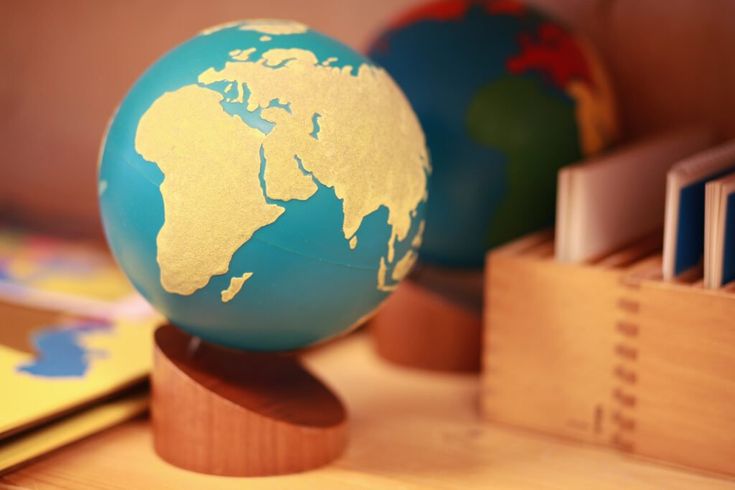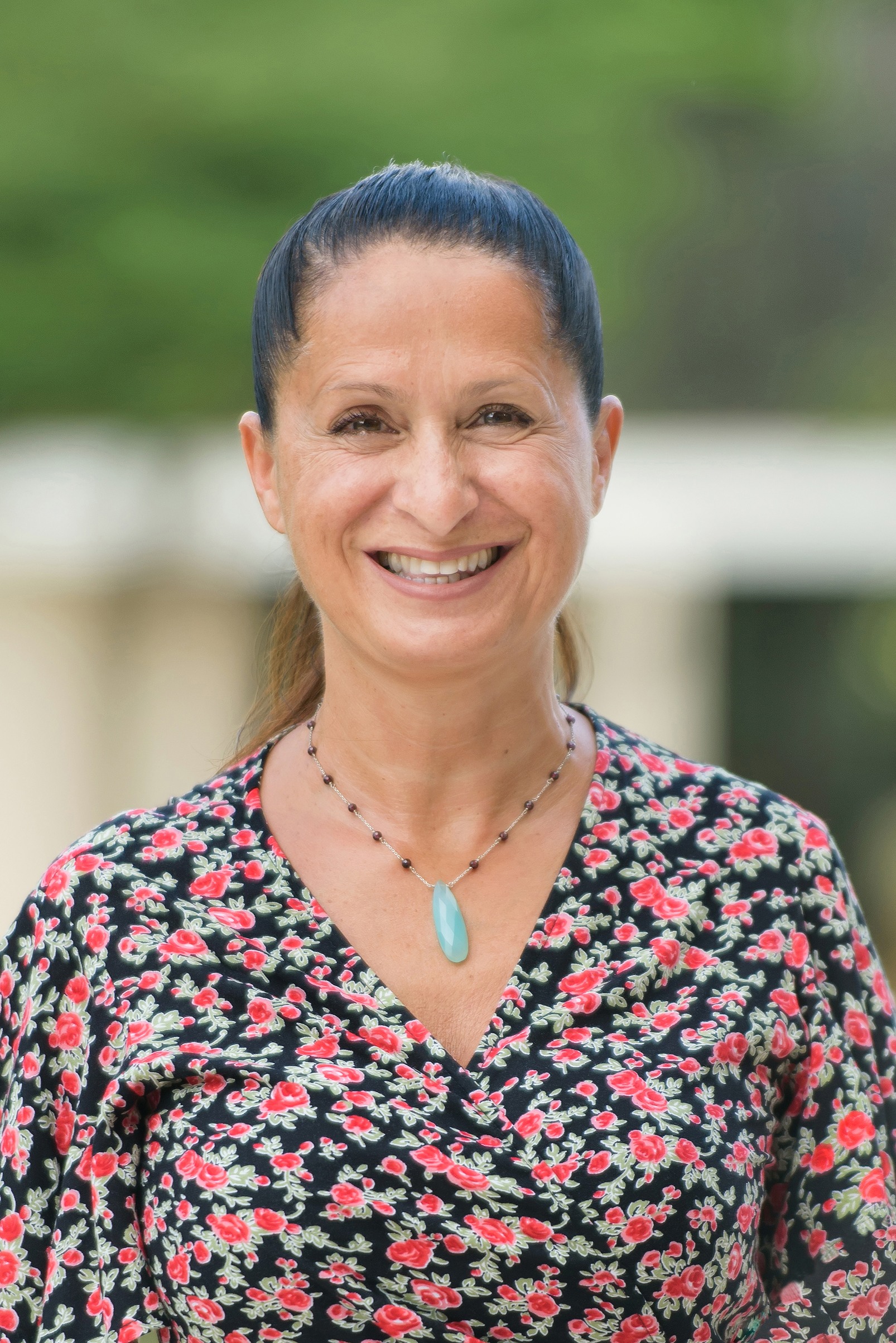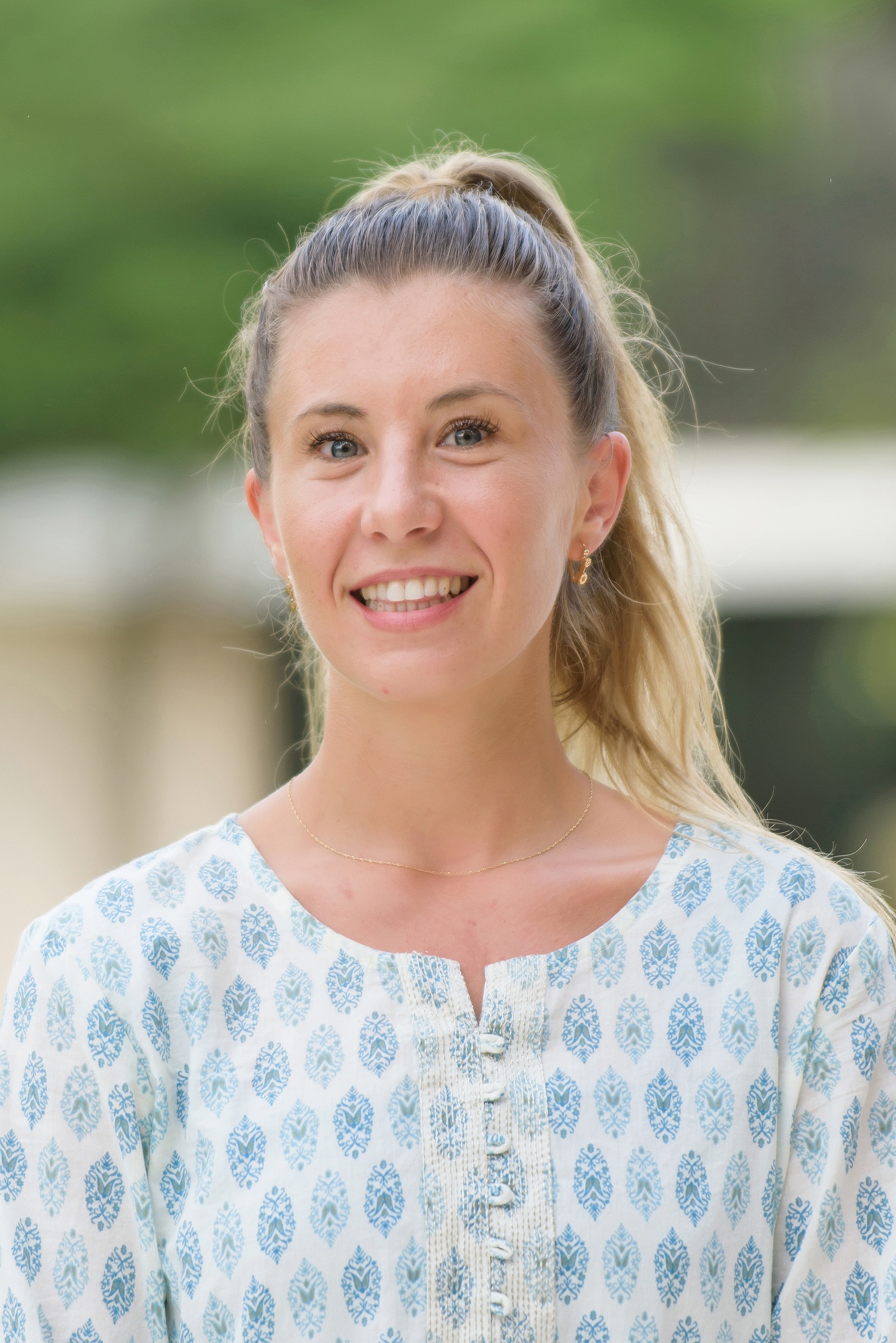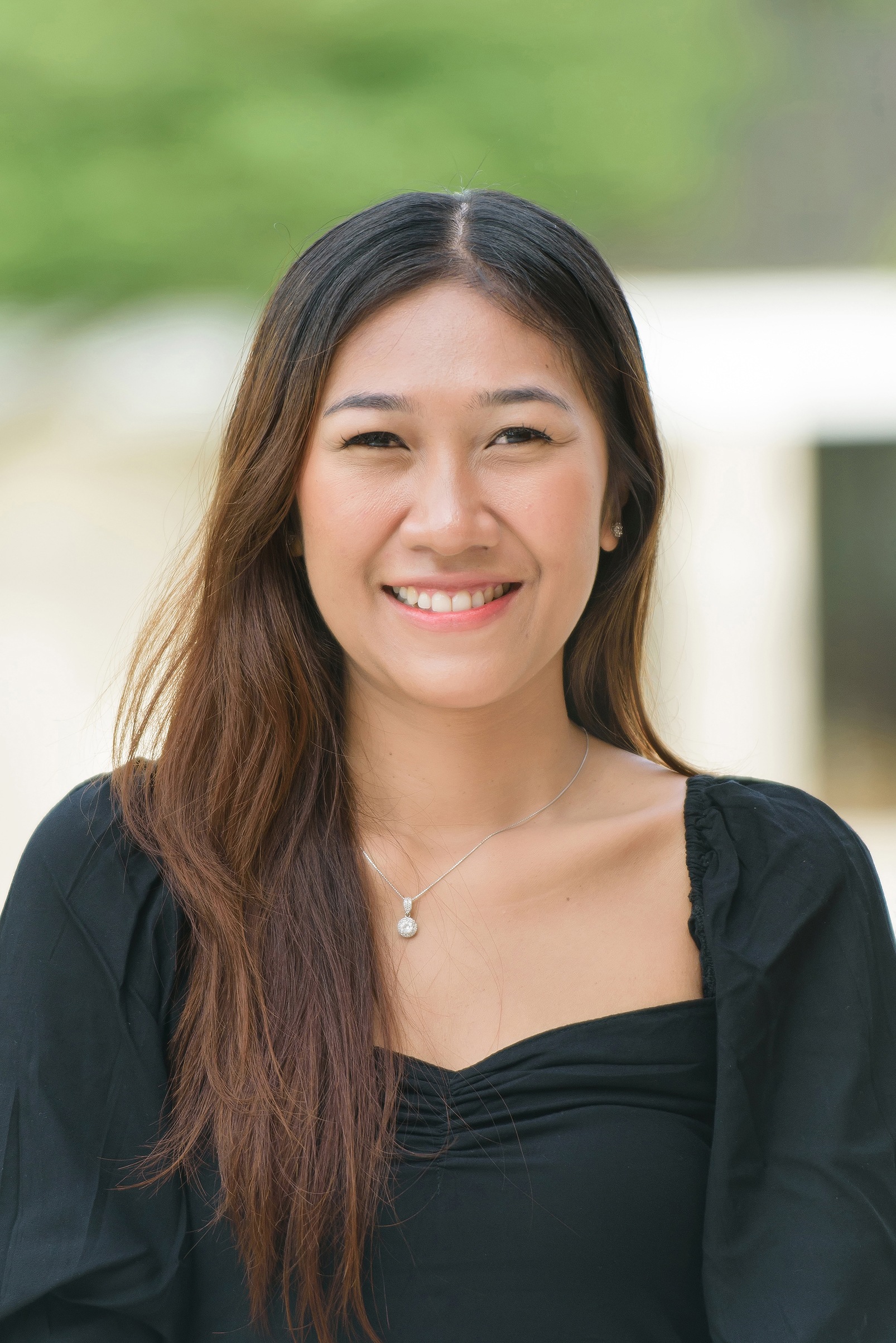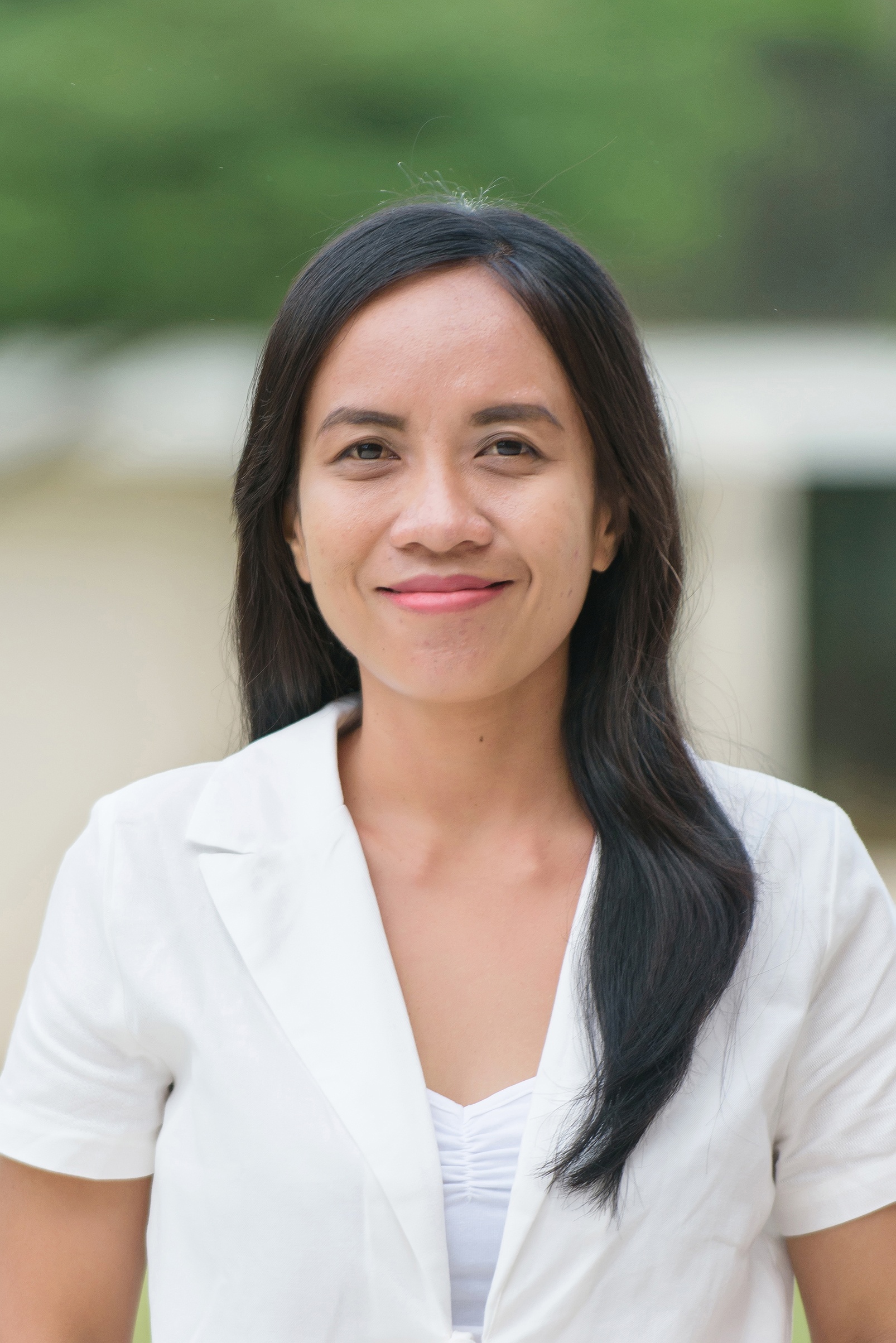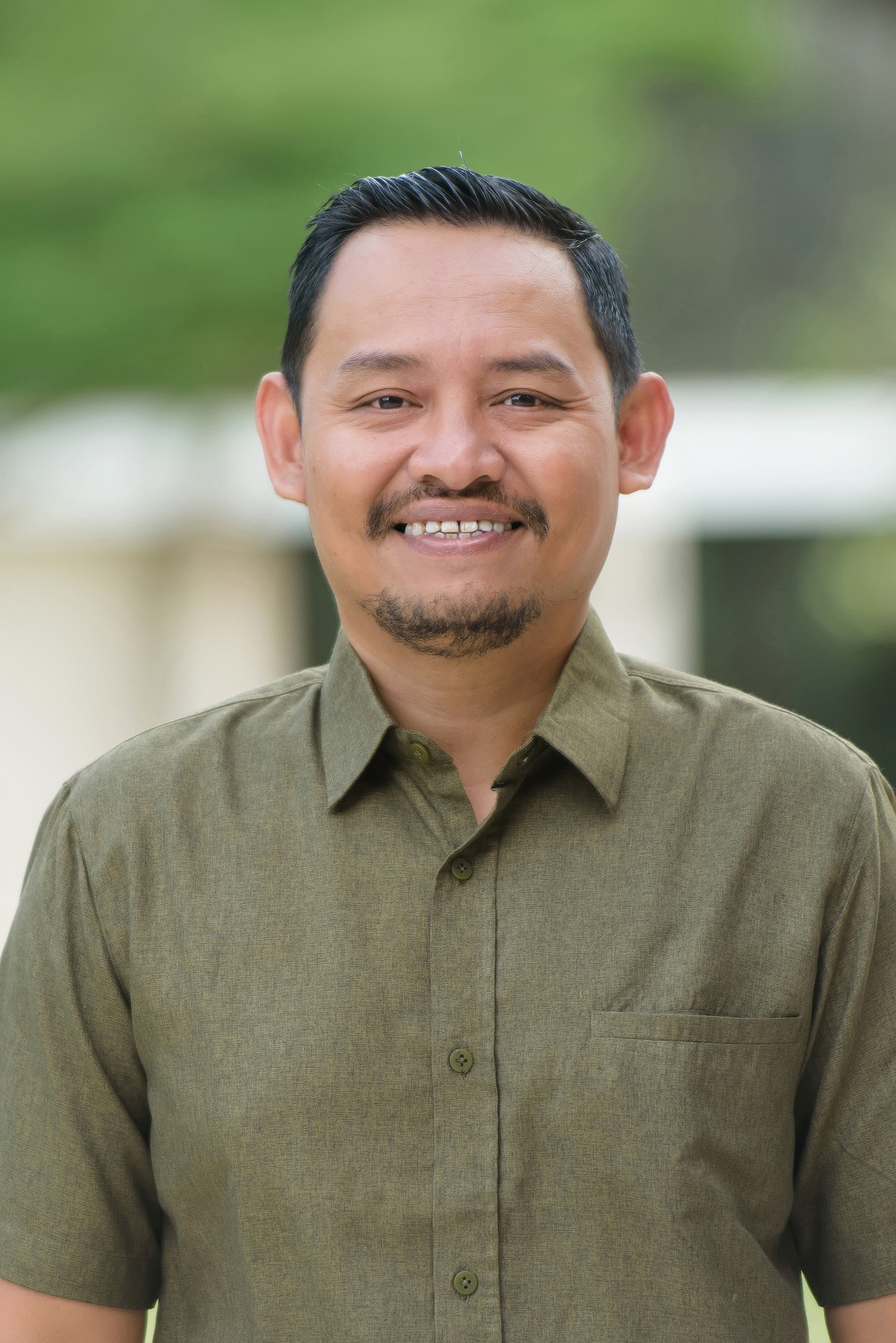Montessori Classrooms are full of materials which encourage children to explore learning about other customs, cultures, and peoples of the world. The Preschool classrooms first introduce the Montessori globe which helps the child to understand the existence of land masses and water. When this concept is solidified, the globes are then offered in color, highlighting each of the continents depicted in a different color. At this point, the children learn the names of Africa, Asia, Australia, North America… most often around the age of 3. Then they find puzzle maps and flags of the world, inviting the exploration of countries, capitals and flags of the different nations of the world. As they get a bit older, especially in Lower Primary, discussion begins into the culture of a country: the languages that are spoken, the clothing that is worn, the customs and holidays celebrated, the foods that are eaten.
Montessori education came about at the time of the Cold War; Montessori’s vision was that children would be the key to a peaceful planet. That is why she created a peace curriculum as well as an exploration of the Needs of Humans. Beginning in the Lower Primary/Elementary ages of 6-9, children begin to explore and learn that people all over the planet have the same basic needs for survival: food, clothing, shelter, transportation, and beauty. Montessori students at this age are very ready to dive deep into cultural study to explore costumes and traditions, music, customs and beliefs of groups of people. This is done in a culturally sensitive way that teaches the children to celebrate the similarities that we all have: everyone in the world (who is fortunate enough to do so!) lives in a home, for instance… the type of house we inhabit looks different based on the materials we have available in our part of the world, but we all live in some kind of house. So, we celebrate the sameness of peoples, while simultaneously honoring the differences.
I remember one year when my class studied Australia. We went back to ancient Aboriginals who were the first inhabitants, and looked at their tribes and traditions, at cave paintings, and Dreamtime. The children wrote their own dreamtime stories and then illustrated their stories using pictographs like those found in the caves in the Outback. Then we turned those pictographs into batik images for an art project, and those finally became a decorative quilt! We also explored and tried foods that were eaten by these ancient people, had someone come to the school to play the digeridoo, and read books by Australian children’s authors to bring all of it to life. This is what Montessori does so beautifully. A deep age-appropriate “dive” into another world culture, and then another…
Multicultural education “is the ability to celebrate with the other in a manner that transcends all barriers and brings about a unity in diversity”. For that, we must find all sorts of ways to expand the children’s view of the world, to help them to think without prejudices about themes like gender (girls can become astronauts); religion (none is the “right”), race or culture (every child can become anything he or she wishes), income (difficult economic situations are only cycles in life), language (bilingual and multilingual students have a tremendous asset). Dr. Maria Montessori said about childhood:
“If during this period of social interest and mental acuteness all possibilities of culture are offered to the child, to widen his outlook and ideas of the world, this organization will be formed and will develop; the amount of light a child has acquired in the moral field, and the lofty ideals he has formed, will be used for purposes of social organization at a later stage.” (To Educate the Human Potential).
At Montessori School Bali, the students are quite blessed to be surrounded by others who speak different languages, who have emigrated here from all over the world. Our students are also lucky to be steeped in local Balinese traditions; from seeing the temples being blessed in local homes, in shops and restaurants, to seeing the beautiful people who are in front of us on scooters going to a ceremony in their Adat Bali, to the smell of incense in classrooms or the neighborhood. Our students get to have weekly Bahasa lessons from the age of 6, and participate in ceremonies right here on campus, hearing the priest chant at our own school temple. And around every public holiday, an exploration of the symbols, the characters and the traditions of this magical place we call home.
As parents, our task is to teach our children to see view with respect and admiration. Learning to coexist is one of the most basic goals of an education. Understanding multicultural differences helps us to create more peaceful, just society. In the classroom, students work side by side every day, learning to understand the perspectives of others. This is creating a mutual respect. It is good to reflect on Dr. Montessori’s words as they relate to multiculturalism:
“… the child has a different relation to his environment from ours… the child absorbs it. The things he sees are not just remembered; they form part of his soul. He incarnates in himself all in the world about him that his eyes see and his ears hear.” (The Absorbent Mind)
